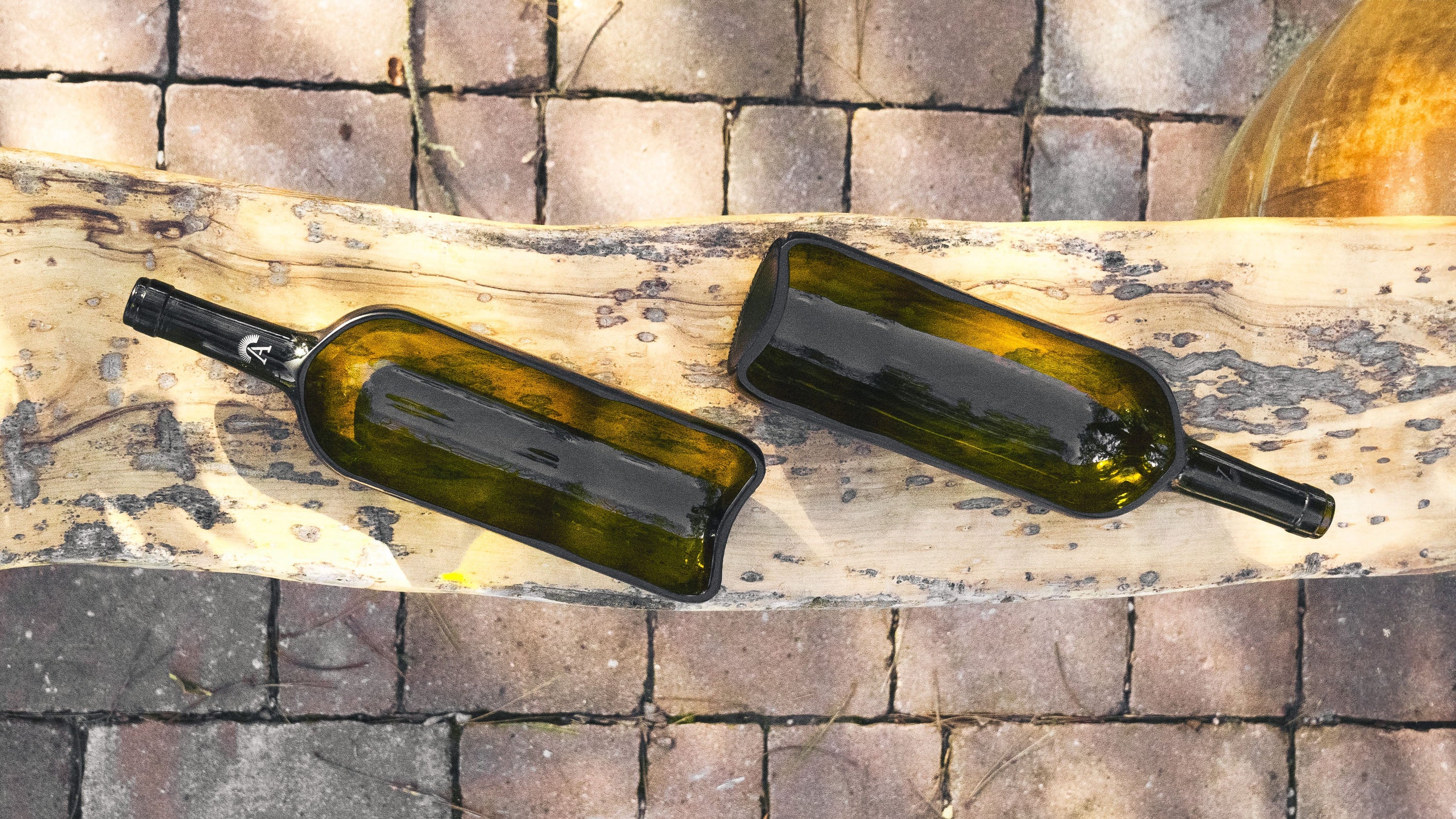Every day many used glass bottles are thrown in the bells of the collection despite being still in excellent condition.
But have you ever wondered what you could accomplish by recovering these seemingly superfluous items?
Surely differentiating glass is an excellent alternative to reintroduce it into the production system for the benefit of the environment, considering that it is a versatile and super ecological material, endlessly recyclable, useful in the most diverse industrial sectors (food, cosmetics, construction, health, etc.).
But what maybe not everyone knows is that before recycling a glass bottle, it can be reused up to 50 times.Recovering a used glass bottle means:
further reduce environmental waste compared to recycling;
allow her to take on completely new guises, creating imaginative and original objects.
The unique properties of this material allow it to transform and be reborn without affecting its original quality.
products Amarzo
In this article we will talk about how used glass bottles are recovered and treated in their rebirth process, to be transformed into tools, accessories or elegant design products.
Recovery and cleaning of glass bottles
The places where you can find a large number of glass bottles are the wine cellars, where they are allocated special baskets for collection. Alternatively, they can be recovered from baskets and pallets, stored in warehouses of commercial activities.
Obviously their condition will not be better: they will be dirty and dusty.
For this reason, the post-recovery phase is sterilization. To ensure a deep and accurate cleaning, glass masters use the blast chiller, a tool that allows the elimination of halos, dirt and other impurities.
There are also many homemade alternatives, such as boiling in a pot full of water for at least 20 minutes.
Glass recycling
Treatment of glass bottles
Each bottle recovered undergoes a treatment that involves 4 steps.
1. The cut
With this phase, the original shape of the packaging is changed by hand to give it a new look.
Glass experts use the diamond saw for this process, which is a tool for cutting very hard materials.
But on the market there are also several bottle cutter with which you can get a perfectly smooth cut section homemade.
2. Grinding
It’s a step that makes the cut surface homogeneous.
With this finishing operation, sharp edges are made manageable to improve functionality or customize their appearance.
Glass grinding is generally done by master glassmakers with artisanal techniques, but you can also do it yourself by buying a diamond disc or tungsten carbide.
3. Taping
It is used to make the ground surface round, after this stage you can place a finger on the cut bottle without risk of getting hurt.
It is made manually by working objects with hard rubber pads or felt with the abrasive belt.
This will further refine the object, eliminating the roughing porosity.
4. Polishing
This phase makes the worked surface as the original glass.
It can be of two types:
fire polishing: consists of using a burner with radiant heat to melt and smooth the surface of the product;
chemical polishing: involves the use of hydrofluoric acid to replace the original silicon oxide fabric with a new layer, and ensure the glass a high degree of finishing and light transmission.
Glass processing
The rebirth of glass bottles
As we have seen, a few simple manual steps are enough to give a new life to the glass bottles that have exhausted their main task.
They can be transformed into original and sustainable objects, such as kitchen utensils or design accessories. But not only: you can indulge yourself with fantasy by creating special effects or adding decorations.
These products combine the modern concept of design with attention to our planet.
They are also a means to bring to light the value of craftsmanship, an activity that today more than ever needs to claim its importance.

At Amarzo, we adopt this line of thinking in our production of 100% recycled glass. We incessantly recover former wine bottles, treat them with the processing techniques listed above and make wonderful products with a simple but refined design. Discover our Made in Italy products in our shop.
Article edited by Sofia Tamborra




![Vassoio con Collo di Vetro Riciclato [Lav. Lucida]](http://amarzo.com/cdn/shop/products/vassoio-con-collo-125288.jpg?v=1699712421&width=1100)




